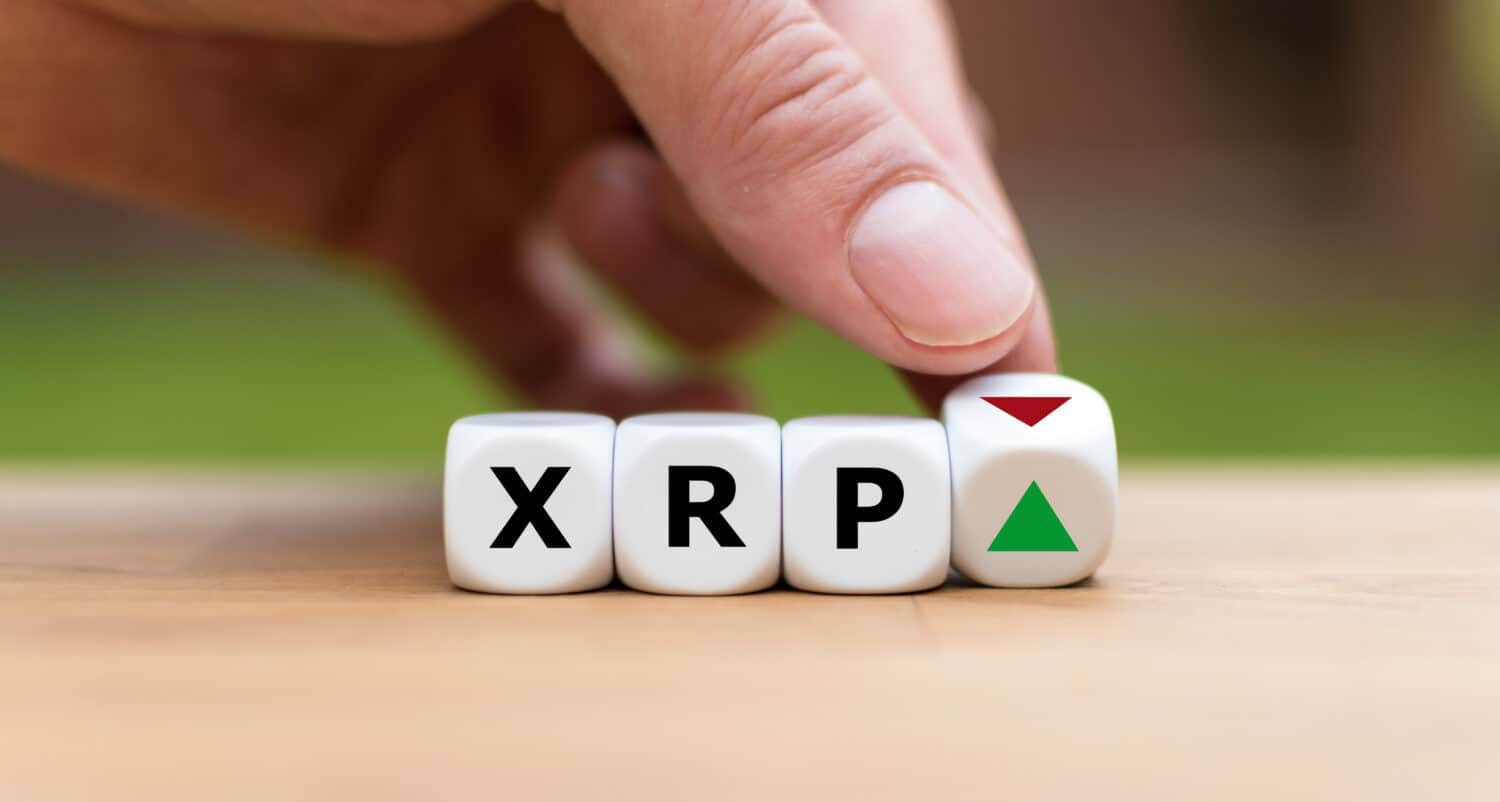Key Points in This Article:
-
XRP (XRP) is designed for fast, low-cost global payments, settling transactions in 3 to 5 seconds for pennies, unlike Bitcoin’s (BTC) slower, costlier network.
-
Businesses like MoneyGram, SBI Remit, and Flutterwave use XRP for real cross-border transactions, while Bitcoin is mostly held for price gains.
-
XRP’s focus on institutional payments and partnerships with banks positions it to transform global finance, outpacing Bitcoin’s speculative appeal.
-
Nvidia made early investors rich, but there is a new class of ‘Next Nvidia Stocks’ that could be even better. Click here to learn more.
A World of Difference
Cryptocurrencies like Bitcoin (CRYPTO:BTC) and XRP (CRYPTO:XRP) are digital money, but they work differently. Bitcoin is famous, often seen as digital gold that people buy and hold, hoping its price will soar. XRP is built for a different purpose: to make global payments faster and cheaper, especially for banks and businesses.
While Bitcoin grabs headlines, XRP is quietly powering real-world transactions. Here’s why XRP could outshine Bitcoin in impact and growth.
XRP Solves Real-World Problems
Bitcoin is slow and expensive for everyday transactions. Sending Bitcoin can take minutes or hours and cost dollars in fees, making it impractical for buying a coffee or paying bills. On the other hand, XRP — created by Ripple — is lightning-fast and cheap. Transactions settle in 3 to 5 seconds for less than a penny. This speed and low cost make XRP perfect for big players like banks sending money across borders.
For example, when someone sends dollars from the U.S. to Mexico, banks usually take days and charge high fees. XRP acts like a bridge (it’s called a “bridge currency”), instantly turning dollars into XRP, moving it overseas, and converting it to pesos. This saves time and money.
Companies like MoneyGram have used XRP in the past to send millions of dollars this way, proving it works.
Businesses Are Already Using XRP
Unlike Bitcoin, which is mostly held by people hoping for price gains, XRP is actively used by businesses. Ripple’s network, called RippleNet, helps banks and payment companies use XRP for international transfers.
In Japan, SBI Remit sends money to places like the Philippines using XRP. In Africa, fintech Flutterwave helps businesses pay globally with XRP’s help. Even Santander (NYSE:SAN), a major bank, has tested XRP for payments between the UK and Mexico.
These real transactions show XRP isn’t just an idea — it’s a tool businesses rely on. Arguably, Bitcoin’s most famous transaction was a 2010 pizza purchase: Laszlo Hanyecz spent 10,000 BTC for two large Papa John’s pizzas. It was the first time something of value was paid for with cryptocurrency. However, had Hanyecz held onto those bitcoin, they would be worth more than $1 billion today.
XRP users, though, don’t regret spending it; they use it because it’s practical, not a lottery ticket.

Global Payments, Not Speculation
Bitcoin’s value comes from people betting it will keep rising, like a stock. XRP’s value comes from its job: making global payments smoother. Ripple works with banks and governments, like the Dubai Land Department, to use XRP for things like real estate deals.
According to Cryptopolitan, weekly payments on Ripple’s network have increased by more than 430% in less than two years. It cites data from Dune Analytics showing weekly payment transactions on the network moved from around 1.5 million in 2023 to over 8 million this year.
While Bitcoin’s network struggles with high fees during busy times, XRP’s system — the XRP Ledger — can handle thousands of transactions per second. This makes it ready for the future, when global trade needs fast, reliable digital money.
XRP isn’t trying to replace Bitcoin as a store of value — it’s aiming to be the backbone of international finance.
Challenges Don’t Stop XRP’s Potential
XRP isn’t perfect. Some banks prefer traditional systems, and a past SEC lawsuit against Ripple slowed its growth temporarily. But the lawsuit formally ended in March when the SEC dropped its appeal, clearing XRP’s path. Plus, XRP is gaining traction in Asia, the Middle East, and Africa, where fast payments matter most.
Unlike Bitcoin, which few merchants accept, XRP’s strength lies in its partnerships with big institutions.
Why XRP Could Surpass Bitcoin
Bitcoin’s fame comes from being first, but XRP’s future lies in solving real problems. It’s faster, cheaper, and already used by businesses worldwide. While Bitcoin holders dream of riches, XRP is busy moving money for banks and fintechs.
As global trade grows, XRP’s role could make it more impactful than Bitcoin, not just in price but in changing how the world pays.
The post Here’s Why XRP Will Be Bigger and Better Than Bitcoin appeared first on 24/7 Wall St..
Click this link for the original source of this article.
Author: Rich Duprey
This content is courtesy of, and owned and copyrighted by, https://247wallst.com and its author. This content is made available by use of the public RSS feed offered by the host site and is used for educational purposes only. If you are the author or represent the host site and would like this content removed now and in the future, please contact USSANews.com using the email address in the Contact page found in the website menu.





